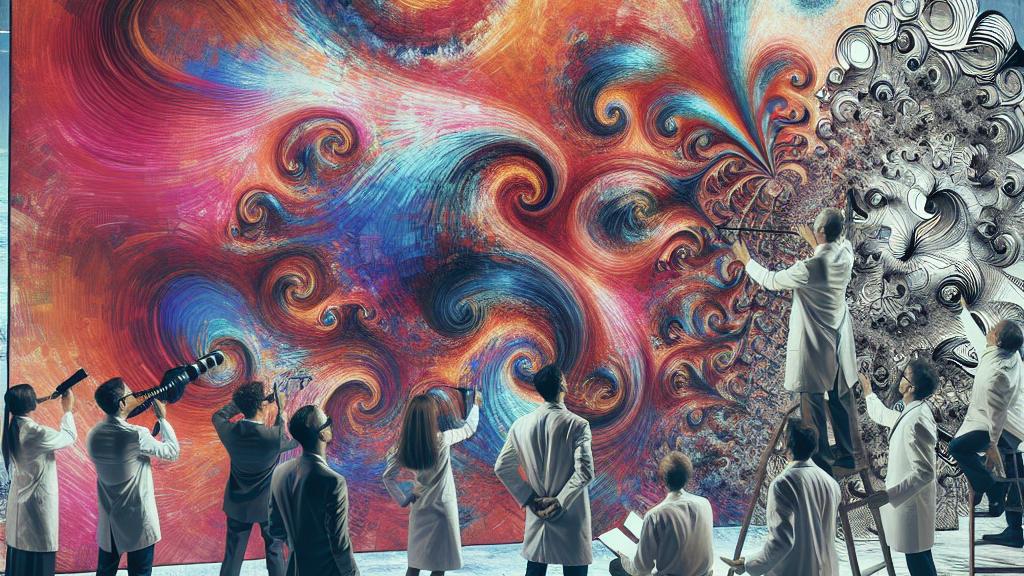Understanding Jackson Pollock's Art with Math Tools
Overview
- Pioneering mathematical methods unveil the secrets of abstract artistic expression.
- Researchers from Poland utilize multifractal analysis to interpret Pollock's vibrant works.
- This dynamic blend of art and science inspires new avenues for inquiry and discovery.

The Connection Between Math and Art
Imagine a group of enthusiastic scientists at the Institute of Nuclear Physics in Poland, embarking on a captivating quest to decode the complexities of Jackson Pollock's extraordinary abstract expressionist paintings. Their mission? To harness the power of mathematics, specifically through an innovative technique called two-dimensional multifractal analysis. This method transforms what was once an entirely subjective realm of art interpretation into an objective science, allowing viewers not just to see Pollock's work, but to truly understand it. It’s as if we are donning a pair of special glasses that reveal the hidden fractal patterns swirling within his vibrant strokes, forging an unprecedented connection between the worlds of science and art.
How Multifractal Analysis Works
Now, let’s delve deeper into the fascinating mechanics of multifractal analysis. Imagine standing in front of a stunning Pollock painting, mesmerized by its chaotic splashes and drips of paint. The researchers carefully focus on a particular section, scanning it along various angles—much like a photographer capturing a scene from different perspectives. They use strips of various widths to examine the intricate paint patterns, which allows them to identify layers of complexity hidden within the chaos. This meticulous approach uncovers stunning insights about the structure of the painting, revealing how Pollock balanced random movement with underlying order. It's a dance of mathematics and art that not only showcases the depth of Pollock’s genius but also symbolizes the beauty of investigation itself.
Bridging Science and Art
But the intrigue doesn't stop with Pollock’s masterpieces! These multifractal tools also unlock new realms in astronomy, where researchers have analyzed breathtaking images of celestial bodies such as Mars and the Crab Nebula. Just think about it: the same mathematical principles that reveal artistic structures can also provide clarity to cosmic phenomena! This intersection of disciplines illustrates an extraordinary synergy, emphasizing that art and science are not mutually exclusive but rather complementary forces that enhance our understanding of both the universe and human expression. In the end, this exciting convergence invites us to rethink the boundaries of creativity and scientific inquiry. It's a thrilling opportunity to explore how mathematical exploration can deepen our appreciation for art, reveal the elegance of nature, and encourage us to pursue knowledge with relentless curiosity.

Loading...